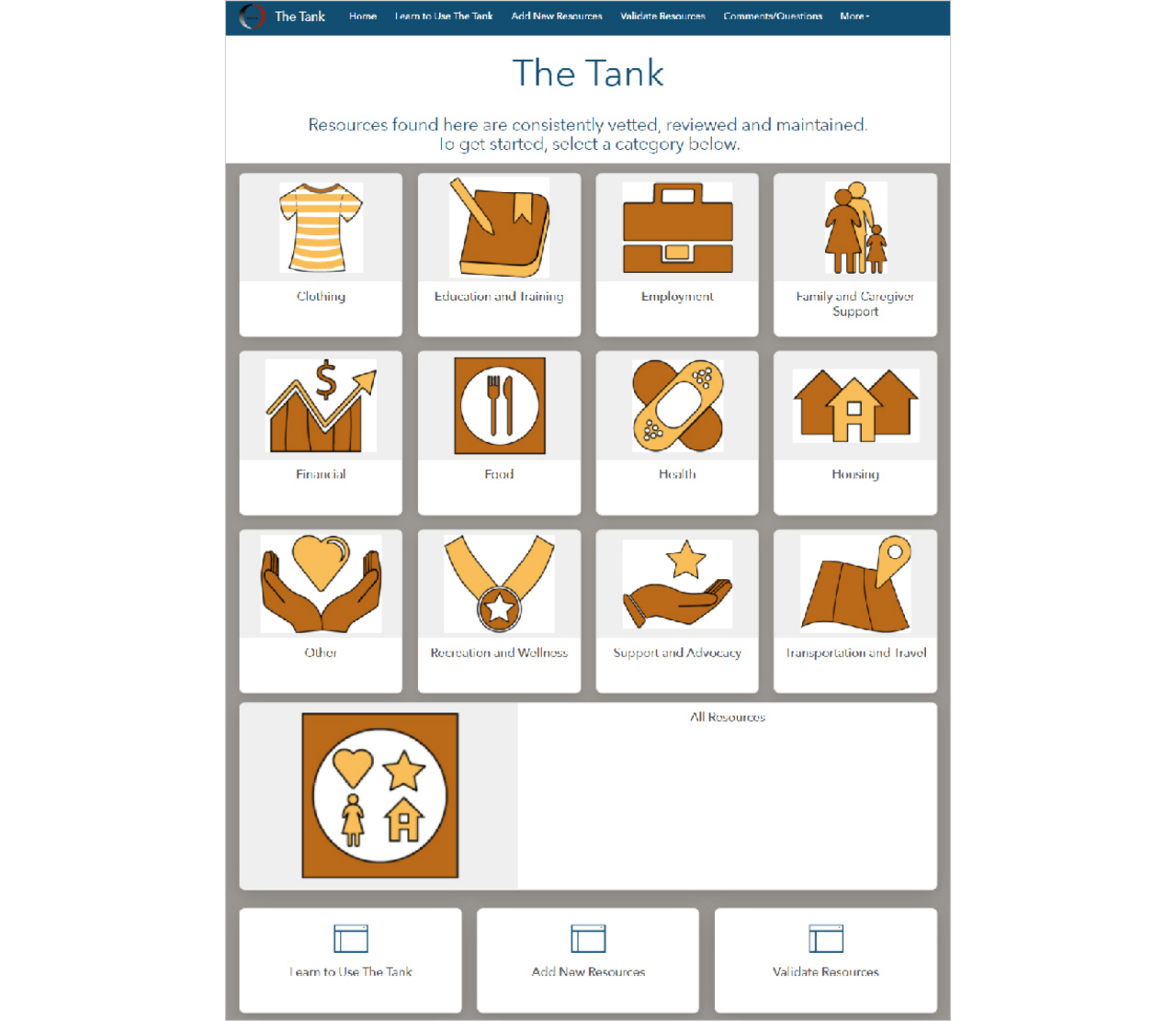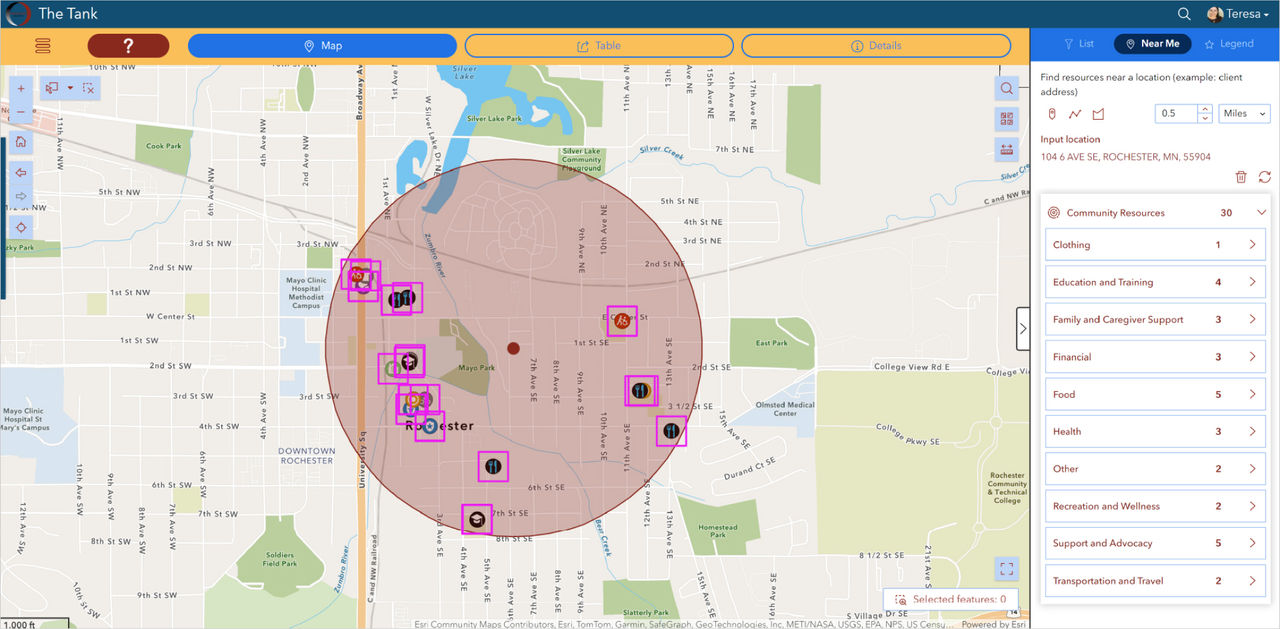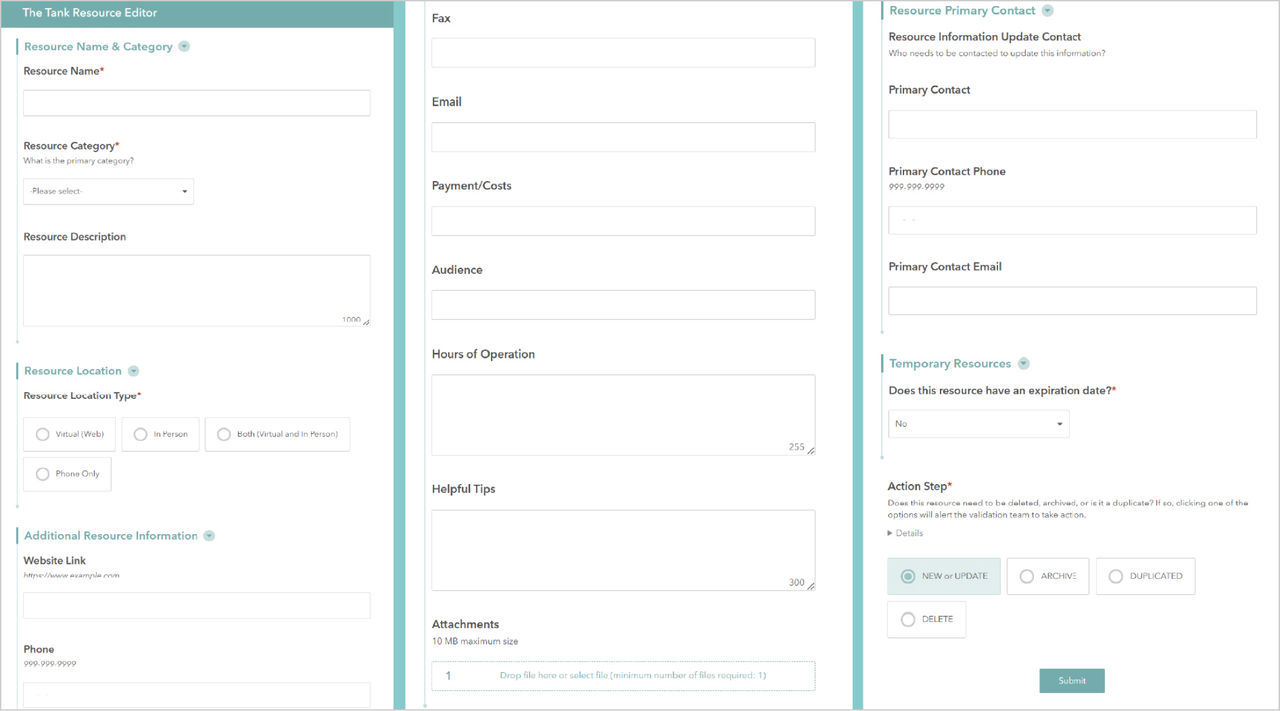The mapping aspect of the software makes it so easy for County staff to see how proximal services are to their clients that need them.
case study
Olmsted County, Minnesota, Modernizes Data Management with GIS Tools
Human Services departments are responsible for numerous programs that contribute to the well-being of their communities. Social services, food banks, environmental health, housing, and more are all crucial services for promoting healthy communities. However, these programs are typically siloed, and unless prompted, staff usually do not regularly share internal data, such as available resources, with other internal departments.
The Health, Housing, and Human Services (HHH) division in Olmsted County, Minnesota, believed that to provide the community with the best care, its data must be available in one central location. Therefore, they turned to geographic information system (GIS) technology to improve delivery of vital services, streamline workflows, and find gaps in services they can now address.
Data Modernization is Key to Healthy Communities
Without a proper internal system to manage all programs, the HHH division was unable to assist community members with a holistic approach to services. For example, if a client required housing and food assistance, a HHH staff member would have to consult multiple or incomplete lists that possibly listed out-of-date information to provide the client with the available programs the County offered. This was time-consuming and inefficient as resource lists were not in a central location or directly monitored in real time and could require staff to spend time searching for resources and information while another department may have accessible knowledge regarding those resources. The Olmsted County HHH division saw the need to modernize the way it kept track of all available programs and share knowledge between departments, as the current process made it difficult to serve residents.
Leveraging ArcGIS Online, a cloud-based GIS software, the organization streamlined its data into one system, creating what the County calls The Tank, an internal resource list shared between departments.
“Before, HHH staff were using PDFs, Excel spreadsheet lists, or paper lists for reporting which were not geospatial, and made it difficult to keep track of services across multiple departments, and when communicating with clients or county leaders,” said Olmsted County GIS Specialist Teresa Blader.
“Before, HHH staff were using PDFs, Excel spreadsheet lists, or paper lists for reporting which were not geospatial, and made it difficult to keep track of services across multiple departments, and when communicating with clients or county leaders,” said Olmsted County GIS Specialist Teresa Blader. “Instead of using PDF reports and maintaining multiple lists, we can grant staff access to ArcGIS Online which has all the programs and resources in one central location.”
 The Tank home screen allows staff to select the category of resources they are looking for.
The Tank home screen allows staff to select the category of resources they are looking for.
The Tank uses GIS as one central system for internal resources. Not only does GIS streamline internal data, but it also allows users to adopt a geographic approach and observe where resources are located on a map. This data visualization capability transformed how Olmsted County’s HHH division is able to assist the community.
“The mapping aspect of the software makes it so easy for County staff to see how proximal services are to their clients that need them,” said Olmsted County GIS Manager Janice Chezick.
 The Tank makes it easy for staff to find resources that are in close proximity to the client.
The Tank makes it easy for staff to find resources that are in close proximity to the client.
GIS Tools Help Update Data in Real Time
Olmsted County wanted to ensure that the HHH division was aware of changes as soon as they were made. However, when many internal departments are adding new services, it can be challenging to keep everyone updated. So, the County turned to GIS tools again, leveraging ArcGIS Survey123, a mobile application that staff could use to easily submit new programs as they become available. A dynamic form builder accessible online or off, ArcGIS Survey123 accelerates data collection and enhances the quality of results. Olmsted County HHH staff was able to update its programs in real-time as ArcGIS Survey123 uses workflow automation tools to propel data directly into The Tank for validation. From here, the HHH staff approval team reviews and approves the data submitted, which then automatically gets published into The Tank. This enabled the County to ensure clients received the most accurate insight into programs available, while also eliminating laborious paper-based processes prone to error.
 An ArcGIS Survey123 form that HHH staff fill out to add or update resources listed in The Tank.
An ArcGIS Survey123 form that HHH staff fill out to add or update resources listed in The Tank.
Leading the Way Forward with GIS
Additionally, Olmsted County’s HHH staff uses GIS to complete its annual reporting. It also uses ArcGIS Hub and Survey123 to track metrics the County is required to report to the State. This tool also allows the County to discover where there is a potential need to increase and monitor access to equitable care. Specifically, the Olmsted County Food Coalition plans to run a Social Vulnerability Index analysis of their food bank programs to find where they can move, add, or change their current food bank locations. Storing this data in one central system is the kind of data modernization that human services and public health departments and their communities benefit from. GIS has helped Olmsted County Health, Housing, and Human Services staff cut down redundancies, time spent on reports, and errors usually made in paper-based processes. Olmsted County is now serving as a model for providing communities with the best care with a modern, data-driven approach.